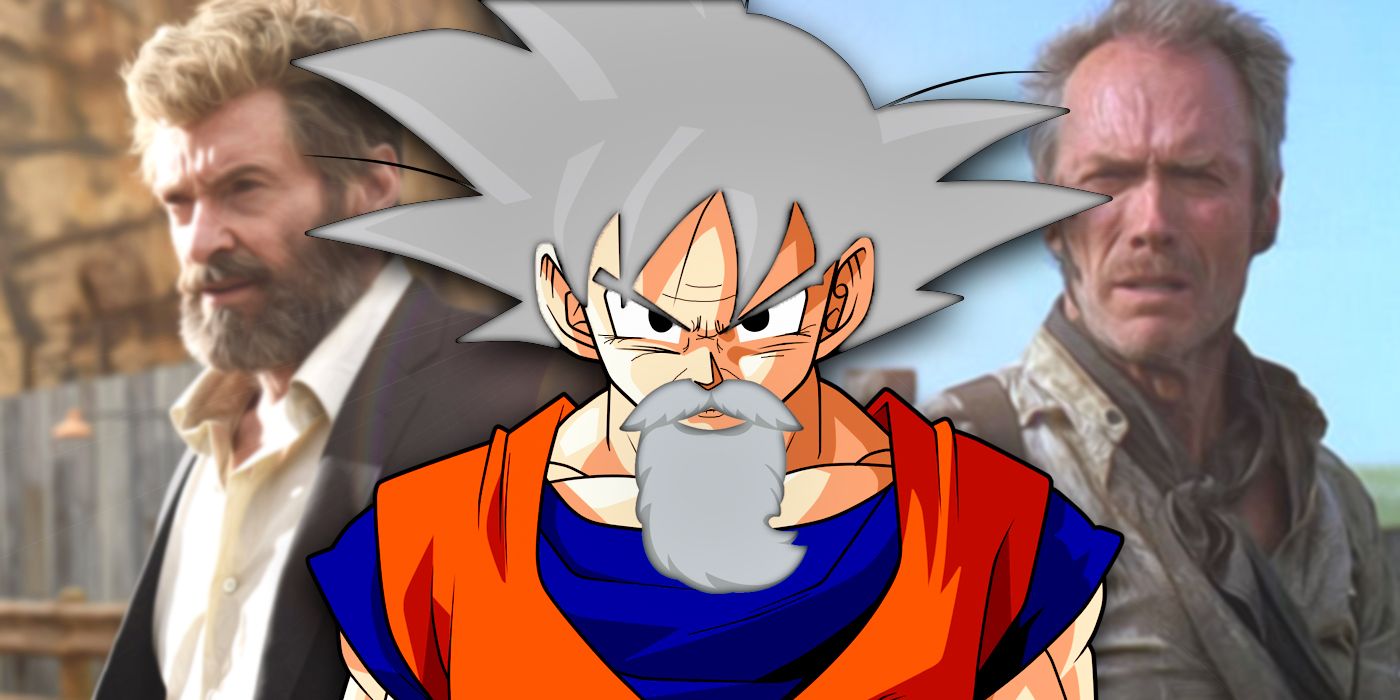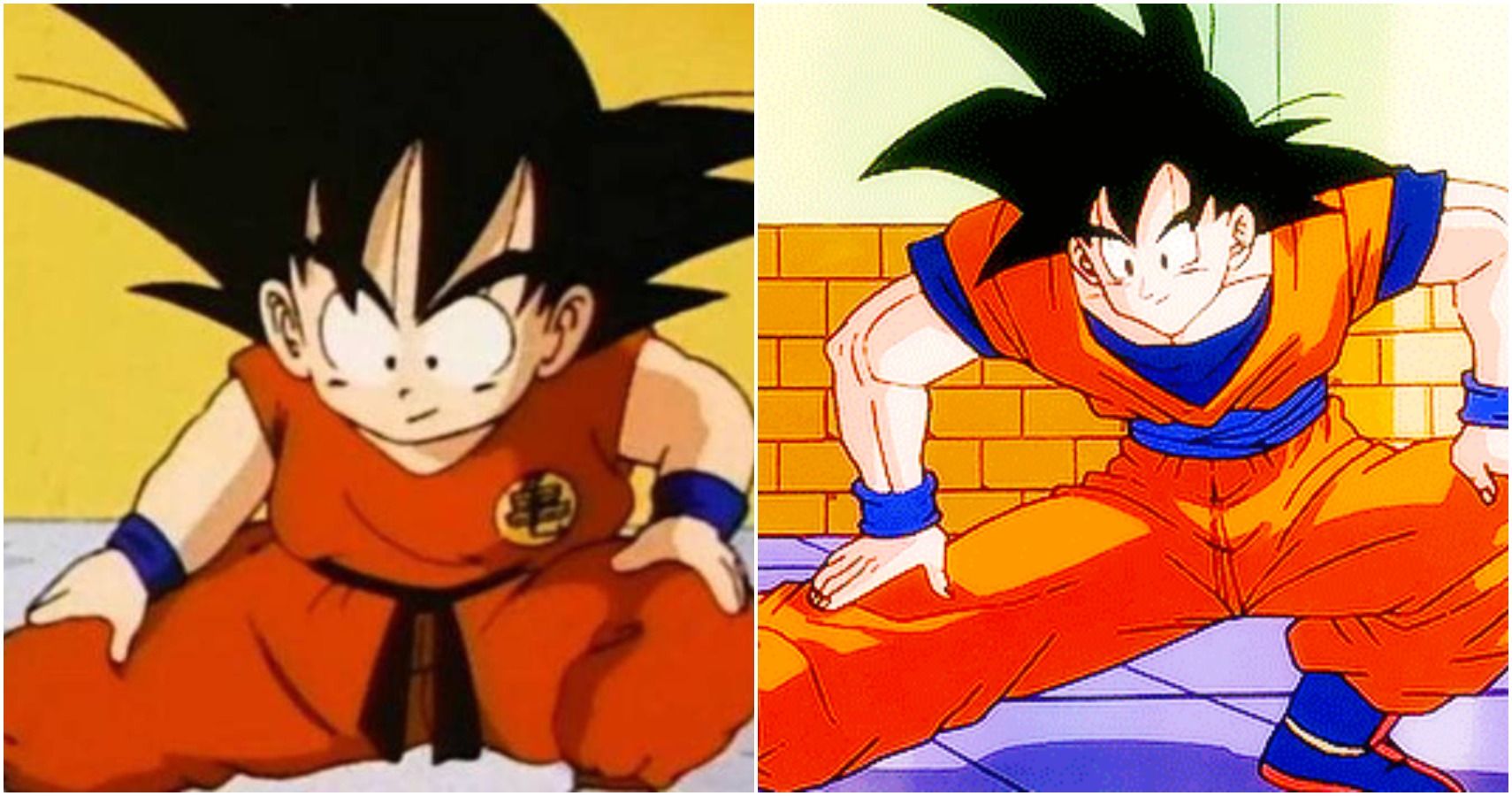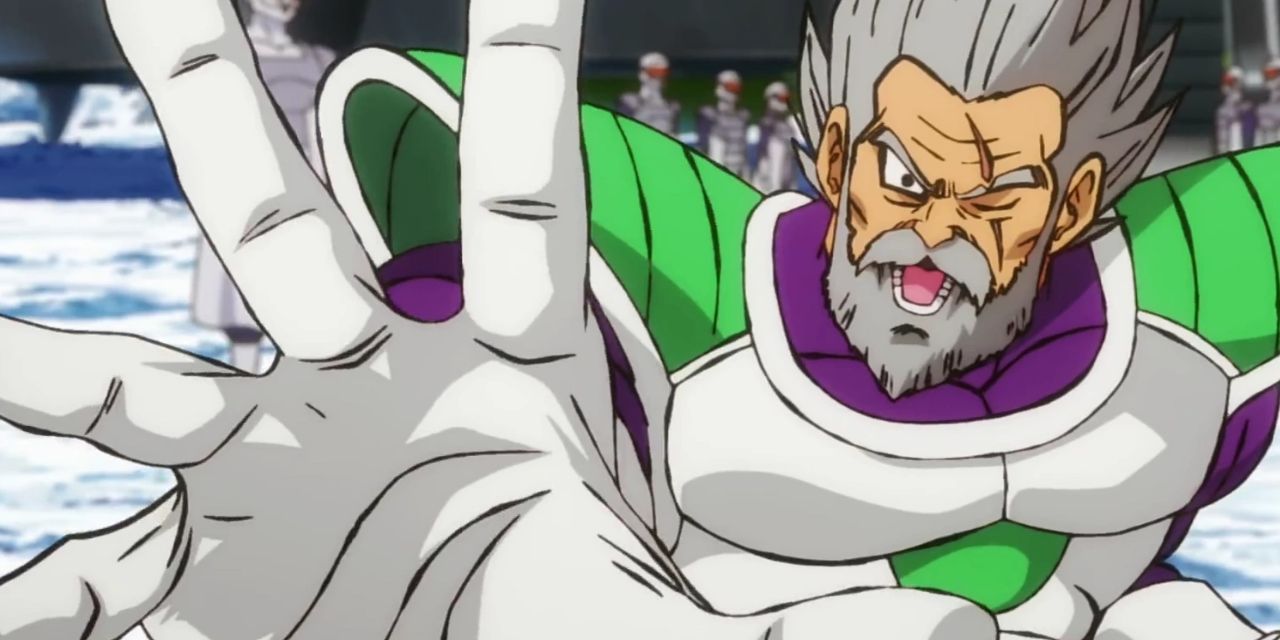As the main protagonist of Akira Toriyama's Dragon Ball franchise, Goku has grown up from a young boy to a man with a family of his own over the course of the series, going as far to meet his great-great-grandson Goku, Jr. by the end of the non-canonical Dragon Ball GT. However, despite taking place well over a century since the start of the franchise, Goku is very much in his physical prime, relatively unchanged since his last appearance as an adult at the start of GT and virtually identical to his appearance for much of Dragon Ball Z. This raises several pressing questions, most notably, can even Saiyans die of old age?
At the end of Z, ten years after the battle against Majin Buu, Chi-Chi and Bulma are both visibly older than their respective husbands, who look as they did when they first fought the sinister villain. In a passing line of dialogue, Vegeta notes that the Saiyan race has evolved so that they age slower once they reach their physical prime to extend the amount of years they can fight. So, while Goku and Vegeta are both middle-aged by the end of Z into GT, they both appear relatively unchanged from their 30s when they fought threats like Cell and the Androids.
This isn't to say that Saiyans don't age at all. In flashbacks prior to Frieza's destruction of the Saiyan planet, Vegeta's father was visibly middle-aged, though his actual age was never explicitly revealed. Similarly, Nappa was older than his original appearance during the flashback era, with a full head of hair opposed to his completely bald one at the start of Z. Perhaps most telling is Broly's father Paragus: Canonically introduced in the film Dragon Ball Super: Broly, the Saiyan warrior had grown significantly older in the decades following the birth of his son, suggesting that Saiyans eventually experience the natural effects of old age.
But this leaves the question of GT Goku and his youth over a century after the start of the franchise. While the canonical story told in Z and Super suggests Goku could pass away from old age as Vegeta, Gohan, Trunks and Goten had by the end of GT 's flash-forward epilogue, the fate of GT Goku is far different. After defeating Omega Shenron with a Universal Spirit Bomb, the real Shenron appears and grants Goku and the Z-Fighters one last wish. As Shenron fades away, he is joined by Goku and the Dragon Balls, with the Saiyan hero disappearing until mysterious resurfacing decades later, now immortal like the dragon god himself.
Similar to other fictional races, like Vulcans and Wookies, Saiyans age at a significantly slower rate than their human counterparts. This doesn't make them immune to old age or from death from natural causes, but it does give them an extended vitality over characters like Krillin or Yamcha. And, while the canonical Goku and Vegeta haven't received Sheron's divine upgrade seen in Dragon Ball GT, both Saiyan warriors continued use of godly energy while training under Whis and Beerus may play a factor in their aging process, as they channel the power of the gods themselves to become stronger than ever as the franchise continues beyond Dragon Ball Super.



